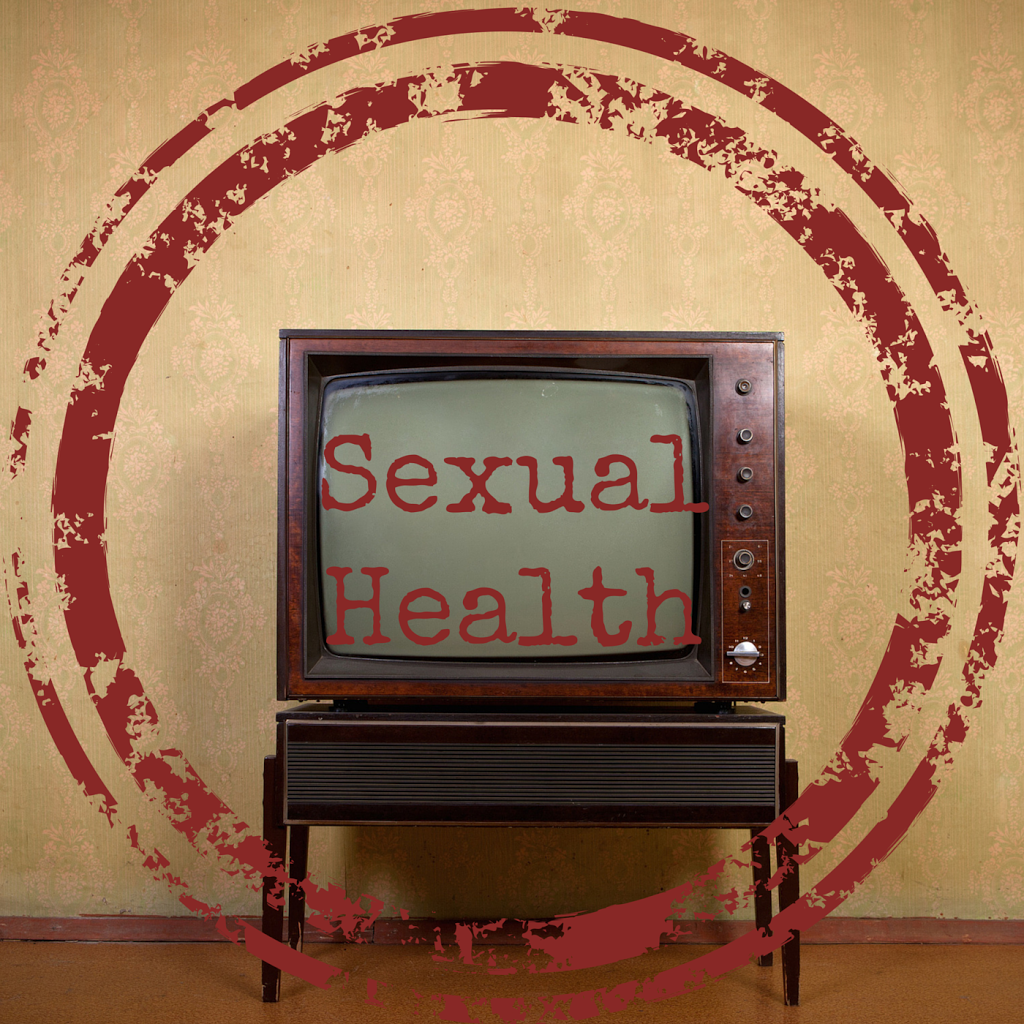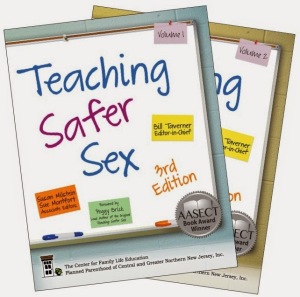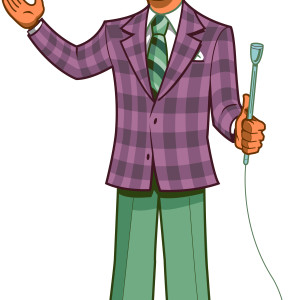In continuation of our observance of National HealthcareQuality Week. I’m highlighting the second lesson in Teaching Safer Sex: Sexual Health in Prime Time. Today’s lesson has me wondering why it is that we talk so much about unhealthy sexuality without talking about healthy sexuality?
The rationale for this lesson is intrinsic to everything I’m going to say about it, so we’re jumping right in:
_____________________________________________________________________
SEXUAL HEALTH IN PRIME TIME
By Bill Taverner
Objectives
By the end of this lesson, participants will be able to:
1. Identify basic characteristics of sexual health.
2. Assess the sexual health of a fictional character, using criteria established by the Sexuality Information and Education Council of the United States (SIECUS) in “Life Behaviors of a Sexually Healthy Adult.”
Rationale
When the term sexual health is used in sexuality education without any concrete, operational definition, students are left to ascertain the meaning for themselves. In the absence of a clear definition, students may adopt diverse or narrow understandings of this vague term, without learning the full scope of everything that sexual health includes. This lesson introduces the characteristics that describe sexual health from “Life Behaviors of a Sexually Healthy Adult” in SIECUS’s Guidelines for Comprehensive Sexuality Education: Kindergarten–12th Grade, 3rd Edition (SIECUS, 2004). Participants examine and critically evaluate these characteristics in their favorite television programs.
_____________________________________________________________________
I’m having to restrain myself from just printing the entire lesson for you here because it’s just so darn much fun.
The gist of it, however, is that you take characters from popular television shows for your target audience and have a guided activity/discussion about whether they exhibit sexually healthy behaviors (as defined by Guidelines for Comprehensive Sexuality Education (SIECUS, 2005), pages 16 and 17. Available online at http://www.siecus.org/_data/global/images/guidelines.pdf)
While the lesson doesn’t necessitate it, how much fun would it be to ask students to post clips from televisions shows that relate to sexual health running up to the lesson? They could do it on whatever social media platform most of them are on. Clips like this:
The full lesson provides a fantastic discussion guide for how to use television (and movie) characters as effective and educational points for a nuanced discussion about healthy sexuality. As I pointed out yesterday, this is so important – and ironically not talked about nearly often enough in sexuality education classrooms.







